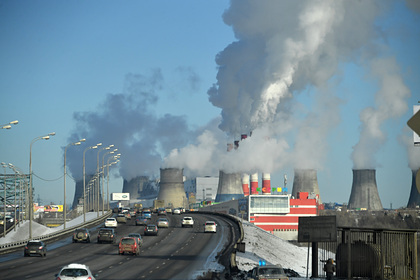Air pollution caused 300,000 deaths in Europe in 2019 
A report from the European Environment Agency (EEA) showed particulate matter (PM 2.5) caused 307 thousand premature deaths in Europe in 2019. Half of them could have been prevented if the EU countries kept the concentration of these particles in the air at the recommended level of 5 micrograms per cubic meter.
The EEA believes that air pollution remains the biggest environmental threat to human health in Europe. Heart disease and strokes, lung diseases including cancer are the most common ailments caused by poor air quality. In addition, in children, air pollution can cause respiratory infections and aggravate asthma, and harm lung development.
Deaths from diseases caused by PM 2.5 air pollution are declining by 10 percent each year. Back in 2018, there were 346 thousand of them, and in the early 90s – about half a million. However, most EU countries still exceed the recommended pollution limits. Scientists explain the significant progress in 2019 both by the efforts of governments and by favorable weather.
Particulate matter is not the only constituent that can harm your health. Nitric oxide emitted from cars and thermal power plants, as well as ground-level ozone, also enter the air. The EEA records deaths associated with these two factors, but publishes the numbers separately, not including in the total. In 2019, the release of nitrogen oxide into the air led to 40 thousand deaths (a quarter less than in 2018), and ground-level ozone – to 16.8 (13 percent less than the previous year).
According to the WHO, 7 million people die from air pollution in the world every year. The alarming statistic prompted the organization to tighten its recommended air quality limits for the first time since 2005.
Europe aims to reduce deaths from particulate matter pollution by 55 percent by 2030 (up from 2005 levels). The EEA expects that, while maintaining the current rate of air purification, the target will be met by 2032. However, an aging population and active urbanization can hinder the reduction in the number of deaths. “Older populations are more sensitive to air pollution, and high urbanization means more people are exposed to [high] PM 2.5 concentrations,” the report says.
In November, scientists from China and the United States established that people living in areas with dirty air have a higher risk of developing depression than others. However, only those who have an increased genetic predisposition to it are at risk of the disease.